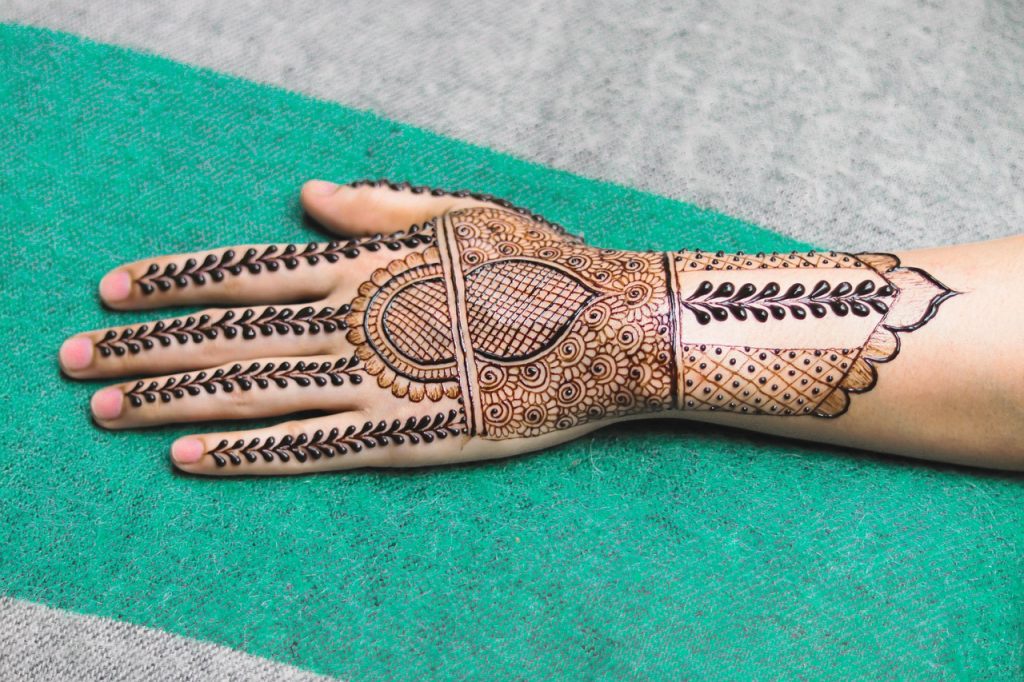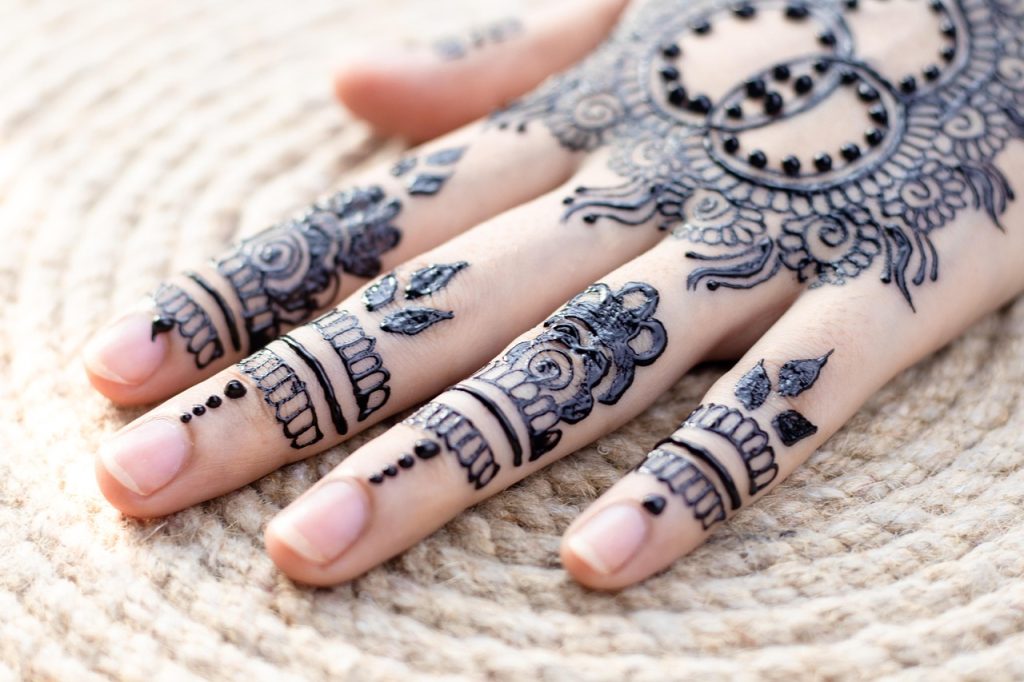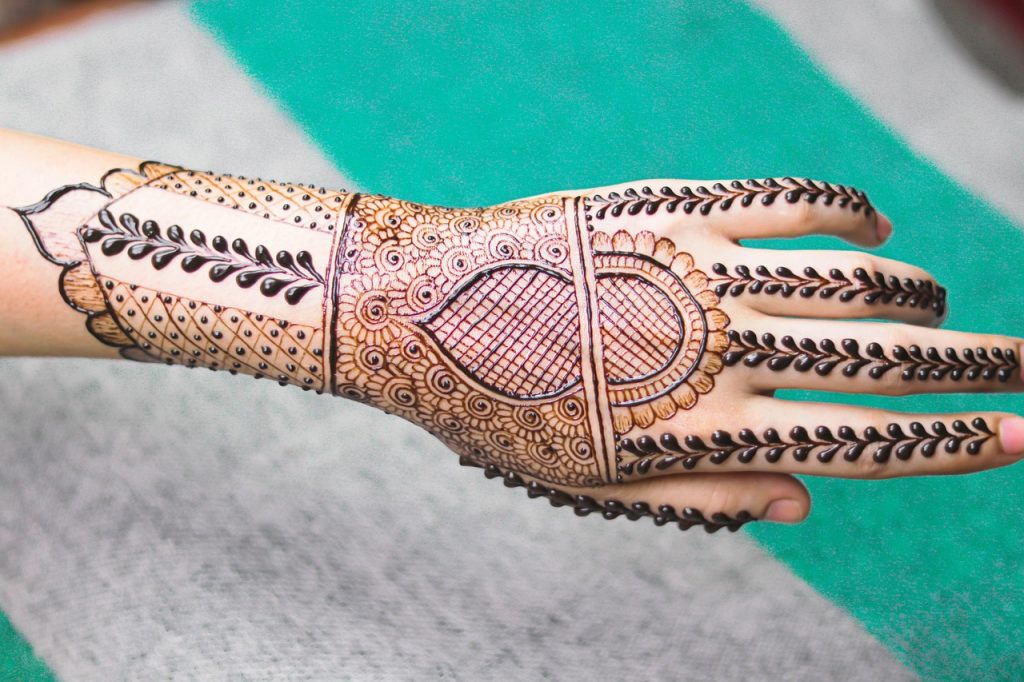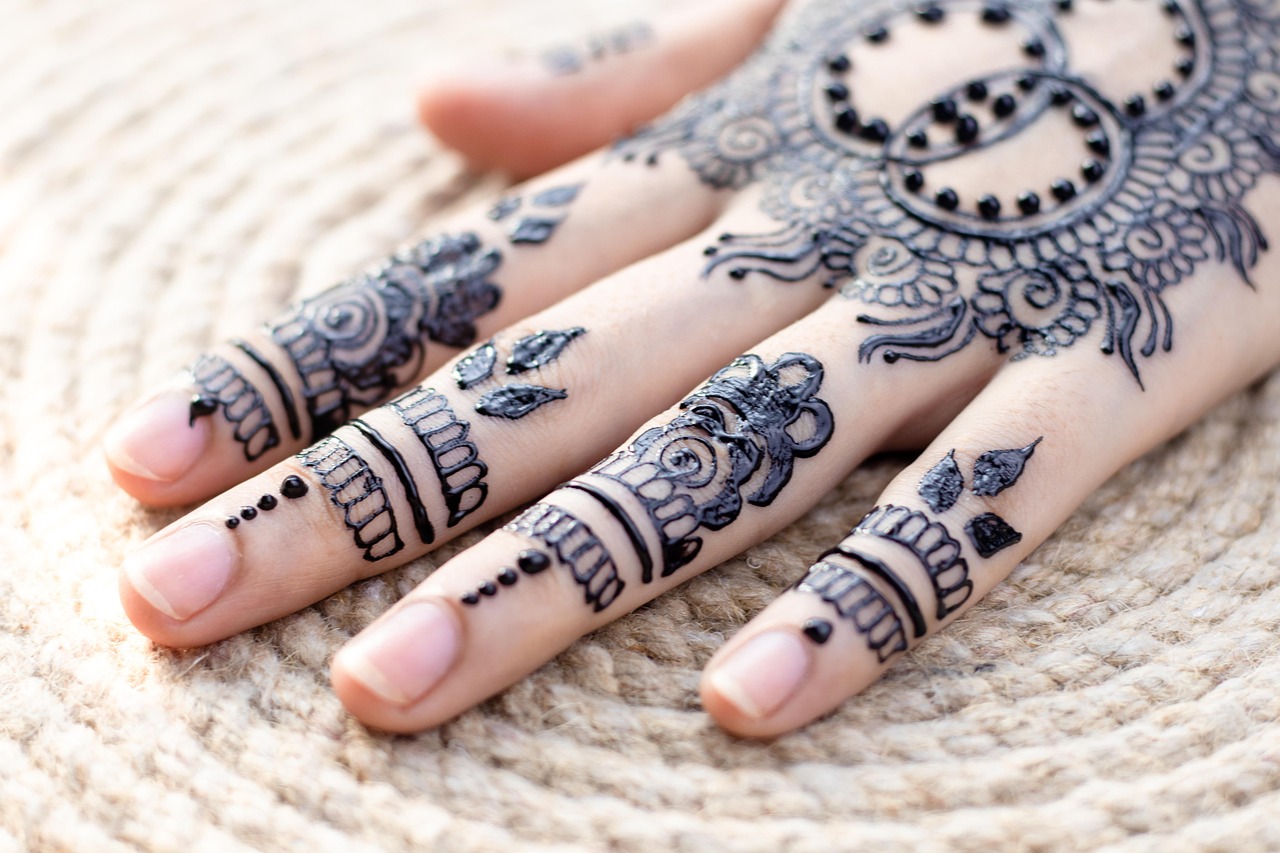Understanding Mehndi Designs for the Back Hand

Mehndi, also known as henna, is not just a form of body art; it’s a tradition steeped in history and culture. In many cultures, especially in South Asia and the Middle East, a mehndi design on the back hand holds significant importance during weddings, festivals, and celebrations.
The intricate patterns symbolize beauty, joy, and good fortune. From floral motifs to geometric shapes, the variety of designs available to adorn the back of your hand is truly endless. The artistry involved reflects the skill of the mehndi artist and the cultural significance attached to each design.
What Are the Popular Styles of Mehndi Design on Back Hand?
One of the most asked questions is about the different styles of mehndi for the back hand. Popular styles include Arabic, Indian, and African designs. Arabic designs are known for their bold patterns and leaves, while Indian designs are more intricate, involving detailed paisleys and floral patterns. African designs are typically characterized by bold, linear shapes.
External Information
According to StyleCraze, mehndi designs often reflect the cultural identities of the people in various regions, showcasing their unique styles and traditions.
Choosing the Right Design for Your Back Hand

When selecting a mehndi design for your back hand, consider the occasion, your personal style, and how much of your hand you’d like to cover. For weddings, fuller designs that cover a large portion of the hand are preferred, while simpler patterns may be more suitable for casual outings.
Choosing a design that complements your attire can elevate your overall look. It’s not just about the design; it’s about how well it resonates with your personality and the event’s vibe. Think about whether you want a contemporary style or something more traditional.
How Long Does Mehndi Last on the Back Hand?
Another common query is about the longevity of mehndi designs. On average, mehndi can last between seven to ten days, depending on factors like skin type, exposure to water, and the quality of the mehndi used.
External Information
A case study by Henna Art indicates that using a high-quality henna paste can significantly increase the stain’s durability, leading to designs that not only last longer but also look richer in color.
Tips for Applying Mehndi on the Back Hand

For a flawless mehndi application, start with clean, dry hands. It’s also essential to practice patience—allow the mehndi to dry completely before touching anything. Once dried, avoid washing your hands for a few hours to ensure the best color payoff.
Using a sugar-lemon mixture can help enhance the color of your mehndi. Apply this mixture gently after the mehndi has dried, and you’ll notice a darker stain! Remember, the longer you leave the mehndi on, the richer the color will become.
What Should You Do After Mehndi is Applied?
People often wonder how to care for their mehndi design after application. Avoid water and scrubbing while washing hands. Instead, dab at your skin gently to prevent smudging.
External Information
“Opt for natural solutions to enhance your mehndi’s look,” advises expert mehndi artist Razia Khan. “Using olive oil post-application helps in keeping the design vibrant and long-lasting.”
Conclusion

In essence, mehndi design on the back hand is a beautiful tradition that allows for personal expression and cultural celebration. Whether you prefer intricate patterns or simple designs, the key is to choose something that resonates with you.
For more tips on enhancing your mehndi experience, make sure to subscribe to our blog, share your experiences in the comments, and explore our gallery of designs for inspiration!
